One of the most commonly cited reasons that people give for wanting to transition from a point-and-shoot camera to an interchangeable lens system (mirrorless or DSLR) is the desire for greater control over their settings, which just means more creative control. Discussions of creative control and camera settings always revolve around the famed exposure triangle: shutter speed, ISO, and aperture. Among these, it is perhaps aperture that has the most impact on the visual aesthetic of an image; aperture also tends to be the component of the exposure triangle that new photographers struggle with understanding. Hopefully what follows will help simply and clarify
What is Aperture?
There are those who can’t help but turn an explanation of aperture into something of a doctoral dissertation. To be sure, the math and science that form the foundation of what aperture is to photography are interesting, but from a practical standpoint none of that matters. Aperture, as it can be most simplistically defined, is just a hole or opening. It takes on a slightly more specialized meaning for photography, as aperture also refers to the size of the opening in a lens. If you look at any lens, you will clearly see there’s a hole in it. When attached to a camera, this opening allows light to enter and pass through it, ultimately acting upon the camera’s recording medium, whether film or a digital image sensor.
The variable size of this opening is measured in f-stops. Even if you haven’t been using a camera for very long, you’ve no doubt seen something like “f/2.8” etched on a lens or suggested as the ideal aperture to use for any given subject. This f-stop is in actuality a ratio used to represent the size of a lens’ opening in relation to the focal length of the lens.
What confuses most people is the fact that an aperture of f/2.8 is considered a larger aperture than f/16. Yes, this seems utterly counterintuitive. But if you recall that an f-stop is a ratio, it will probably make more sense. Think of f/1.4 as 1/1.4, f/2.8 as 1/2.8, f/5.6 as 1/5.6 and so on. 1/1.4 has a greater value than 1/2.8 (0.714 vs. 0.357) just as 1/2.8 is of greater value than 1/5.6 (0.357 vs. 0.179). Thus, an aperture of 1.4 represents a larger opening than 2.8, meaning f/1.4 lets in more light than f/2.8. So by photography logic, f/1.4 is a large aperture while f/16 is a small aperture.
There is another important characteristic of lens aperture which can be easily illustrated by considering the standard f-stop scale: f/1, f/1.4, f/2, f/2.8, f/4, f/5.6, f/8, f/11, f/16, f/22. Each of these f-numbers, or “stops,” represents half the light collecting ability as the stop it precedes. In other words, an aperture of f/8 allows in half as much light as f/5.6 (or, if you prefer to think of it in reverse, f/5.6 allows in twice as much light as f/8).
The images below reveal what a lens looks like at different aperture settings.
As you can see, the physical size of the aperture decreases as the f-number increases.
Depth of Field
Understanding aperture is essential to getting more creative with your photography because aperture plays a major role in controlling depth of field. Depth of field, in short, describes the area of an image that is in focus and is typically talked about in terms of being either shallow or deep. When a relatively small portion of a subject is in focus and the rest falls off into a soft blur, the photo exhibits shallow depth of field; portraits are often made this way. Conversely, deep depth of field is is exhibited when much of a subject is in focus, as commonly seen in landscape photographs.
Of course, there are several factors that affect depth of field — lens to subject distance, lens focal length, and sensor size — but manipulating aperture gives you easy, direct control over depth of field. A small aperture (large f-number) will result in deep depth of field; a large aperture (small f-number) will result in shallow depth of field.
A larger aperture of f/2.8 creates shallow depth of field, with only the can in the center being in sharp focus.
At f/22, a small aperture, the deep depth of field brings all three cans into focus.
You must remember, however, that you can’t simply change aperture without adjusting the other two components of exposure — ISO and shutter speed. In order to keep your exposure consistent as you change aperture. For instance, if you’re getting a correct exposure while shooting at f/2.8 and you then change your aperture to f/11 without making changes to ISO and shutter speed, you will end up with an underexposed image. To avoid this, you will need to use a longer shutter spend and/or higher ISO.
- For each full-stop decrease in f-number, increase shutter speed one full stop or decrease ISO one full stop.
- For each full-stop increase in f-number, decrease shutter speed one full stop or increase ISO one full stop.
(These two hints above are a simplified way to manage exposure and do not account for half stops and third stops, but they are a sufficient starting point and the principles they illustrate can be generalized to more complex exposure settings.)
Now all that remains is to grab your camera and start practicing; before you know it you will have expert control of aperture and depth of field.
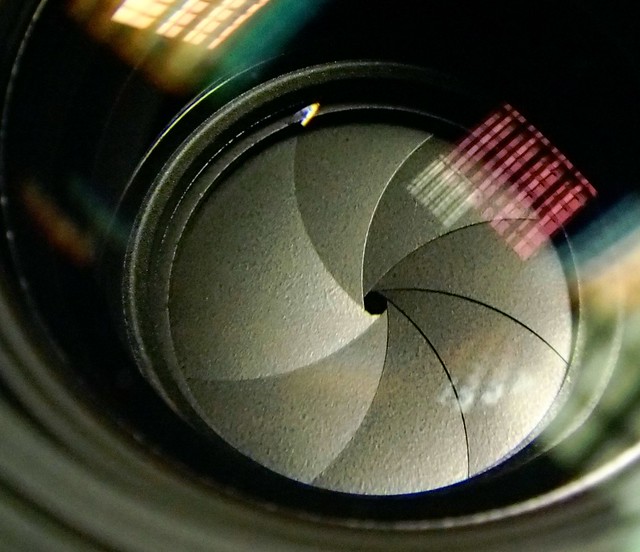
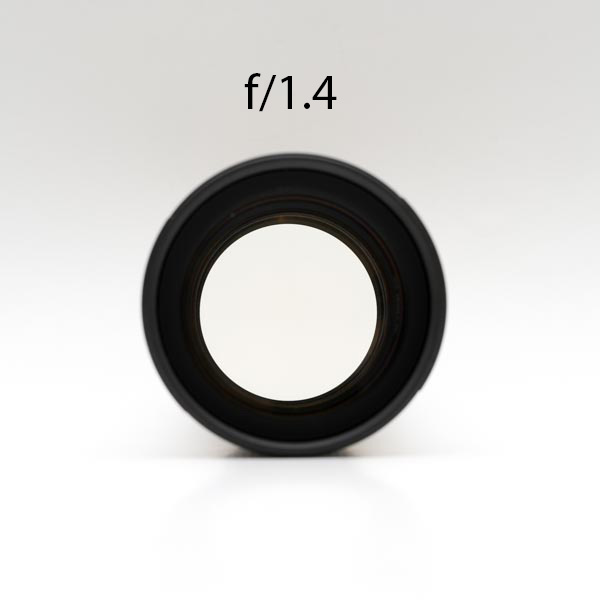
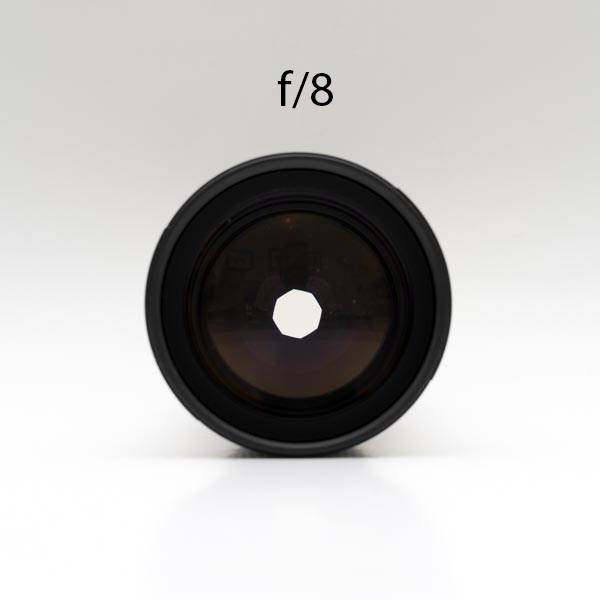
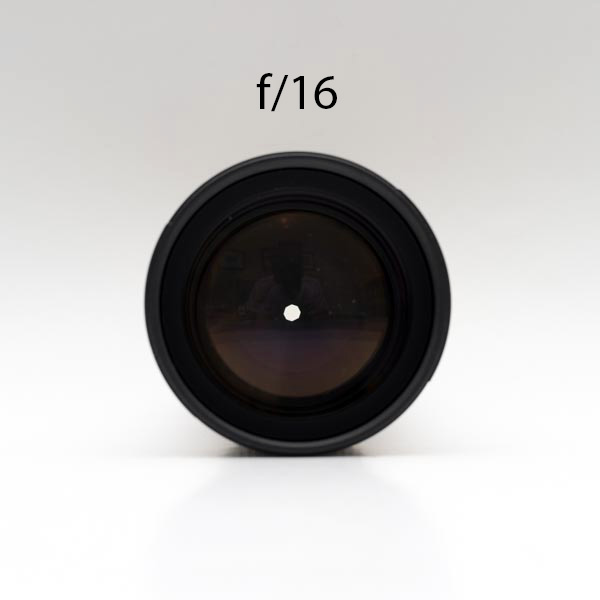
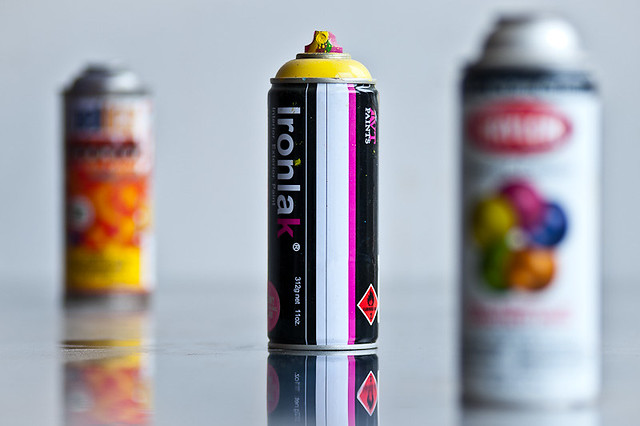
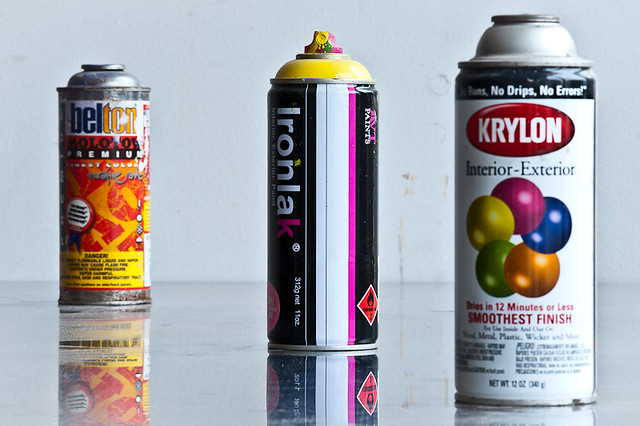





2 Comments
As you can see, the physical size of the aperture decreases as the f-number increases (assuming focal length is held constant!)
very good and easy to follow